Sagarmatha National Park : The Beauty on The Base of Everest
Sagarmatha National Park :Overview
Sagarmatha National Park,located in the Solukhumbu district of eastern Nepal, this national park covers the world’s highest peak, Mount Everest (8848 m). Snow caped maountains namely , Choyu, Lhotsesar, Pumori,Lhotse, Nupse, Amadablum, and Thamserku, above 6,000 feet add to this park’s attraction. Gokyo, Khumbu, Chukum and Nangpa are the four main valleys used by locals and mountaineers.
The Gokyo and associated lakes within the park were added to the Ramsar list in 2007. In this national park with high mountain environment, there are trees like Govre Salla, Thingre Salla, Hemlak, Dhupi, Bhojpatra and Gurans. In the spring, the flowers of Laligurans make the forest inside the park very beautiful and beautiful.
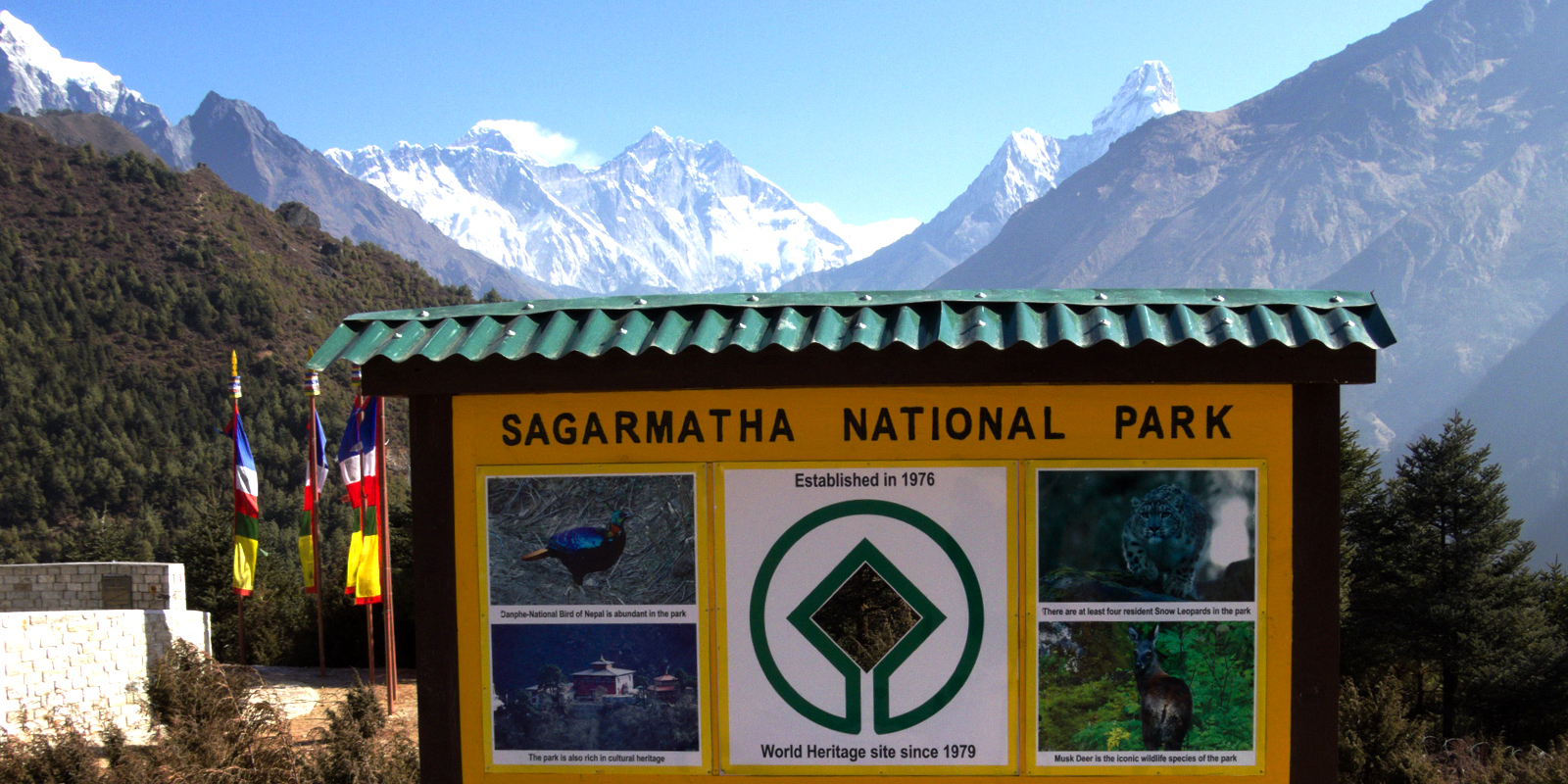
Sagarmatha National Park
Wildlife such as musk deer, mountain bear, snow leopard, thar, squirrel, weasel as well as 193 species of birds including scarecrow, chilime, kaliz, snow chicken, red-tailed crow (Tunga) and yellow-tailed crow (Temu) are the natural ornaments of this national park. Sagarmatha National Parkis also an area of cultural significance. Buddhism is taught in the Tengwoche, Pangwoche and Thame monasteries.
Thousands of tourists come here every year mainly to see the beautiful scenery of Mount Everest and the region, to climb the mountain, to see the Sherpa culture and wildlife.Since 1979, the Sagarmatha National Park has been inscribed on the World Heritage List. The people of have directly benefited. The development of tourism has greatly contributed to the economic development of the people here.
Location of Sagarmatha National Park

map of sagarmatha national park
The elevation range of this national park starts from 2845 m to the very best peak. it’s adjoined with Makalu Barun park within the east. To the west is that the Rolwaling valley of the Gaurishankar Conservation Area. Similarly in the north,the park is nearest to Chomolangma National Nature Preserve of Tibet. While Sagarmatha park Buffer Zone area lies to the south.
Climatatic Conditions
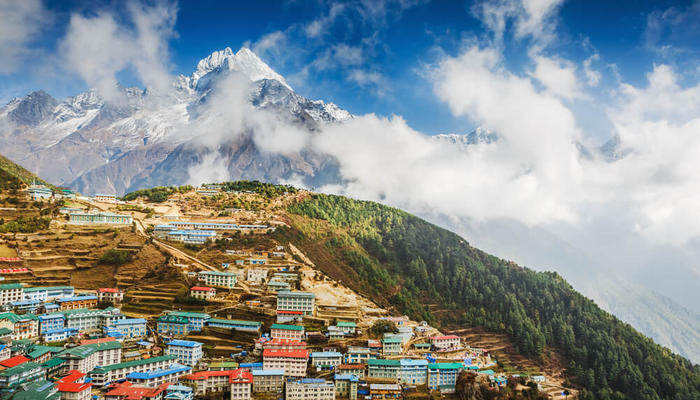
sagarmatha national park
The Himalayan landscape of Sagarmatha park and its wide attitudinal range features a wide selection of climates. it’s a damp subtropical climate within the lower altitudes and cold dry conditions on the upper altitude. Summer months (June to August) records heavy rainfall on the lower altitudes. Whereas winters (December to February) are cold and dry, the temperature dropping below melting point . The spring season (March to May) on the opposite hand, still experiences winter conditions but with some sunlight. In contrast, within the autumn season (September to November) the sun disappears from the sky entirely. Keeping the weather in mind the simplest time to go to the park is October-November and March to May.
Getting To Sagarmatha National Park
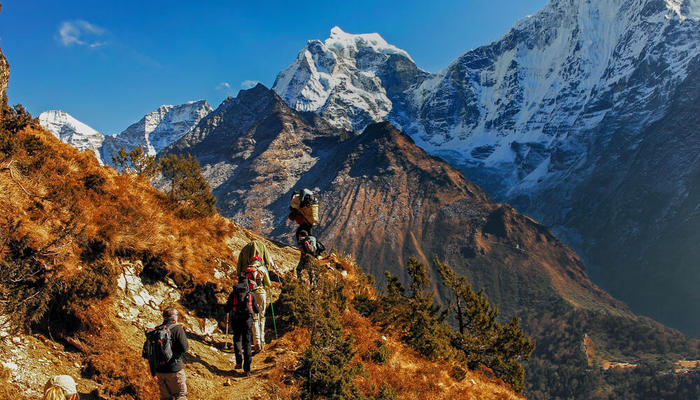
Getting To sagarmatha national park
Sagarmatha park is about 135 km faraway from Kathmandu. There are some ways to urge to Sagarmatha park . Flying to Lukla and hiking for 2 days is that the popular option. However, you’ll also ride up to Jiri and pause days of hiking. Riding up to Salleri shortens the hike by to five days. Flying to Tumblingtar and Phaplu and hiking for 10 and 5 days respectively is another. Direct helicopter flight to Namche Bazar, Kala Patthar or maybe Everest Base Camp and other destinations inside the park is additionally possible.
Wildlife and Vegetation : Sagarmatha National Park
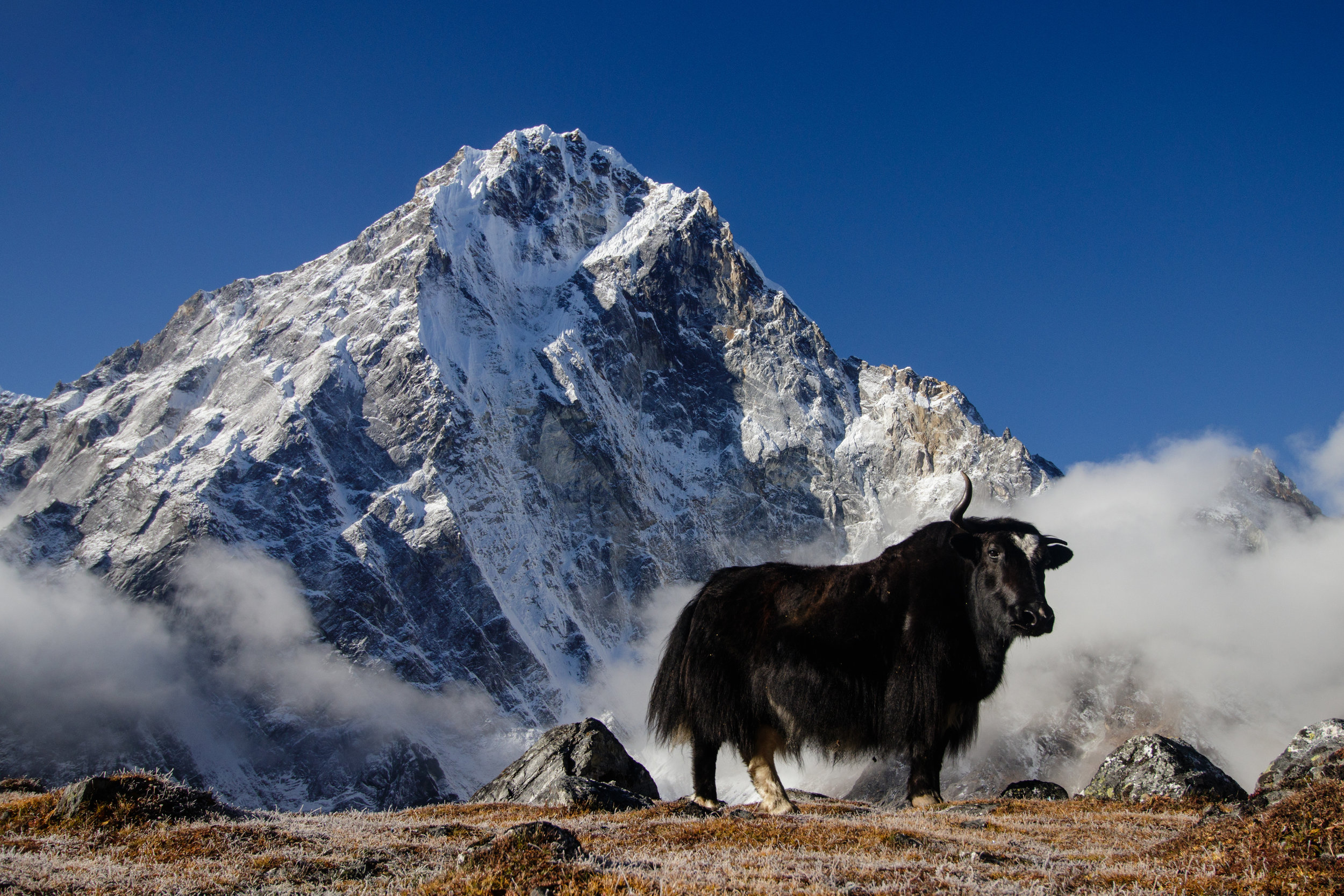
beauty of sagarmatha national park
On the upper altitudes flowers is restricted dwarf shrubs, grassland and cushion plants like mosses up to 6000 m. The altitude above 6000 m has no vegetation in the least . the amount of fauna available in this park , however, is a smaller amount as compared to other protected areas. this is often due to the arctic weather of this region. However, the birds found in the Sagarmatha National Park includes 118 species like,pheasant, crimson headed pheasant, etc. The animals like Himalayan black bear, Himalayan wolves, musk deer, , etc. The park is additionally home to rare Himalayan species like ounce and lesser panda.
Things to do and Places to Visit In Sagarmatha National Park
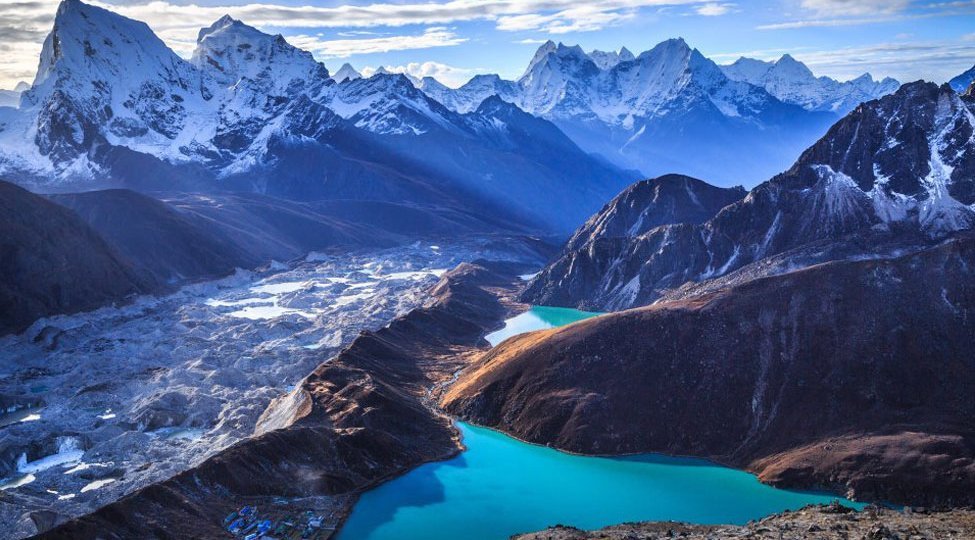
Sagarmatha National park
The Everest Base Camp Trekking on the world’s most famous trekking route. This is one of the main activity in this Park. Cho Oyu, Pumori, Thamserku, Ama Dablam, etc including the Mt.Everest are different renowned peaks such asare visible on the EBC Trek. Similarly, among the best activity in this region mountaineering is also a major adventure . Mt. Everest and other peaks are visited Every year hundreds of mountaineers to summit. Likewise, Helicopter tour to Everest Base Camp is also an attraction for the tourists the people love mountains.
Itinerary
Day 01 :Fly to Lukla and trek to Phakding.
Day 02 :Trek to Namche via Monjo (Entry point of Sagarmatha NP)
Day 03 :Acclimatization day: Explore Sagarmatha museum,
Day 04 :Trek to Khumjung Explore National park areas
Day 05 :Trek to Tangboche Explore Monasteries
Day 06 :Trek back to Monjo
Day 07 :Trek back to Lukla
Day 08 : Fly back to Kathmandu
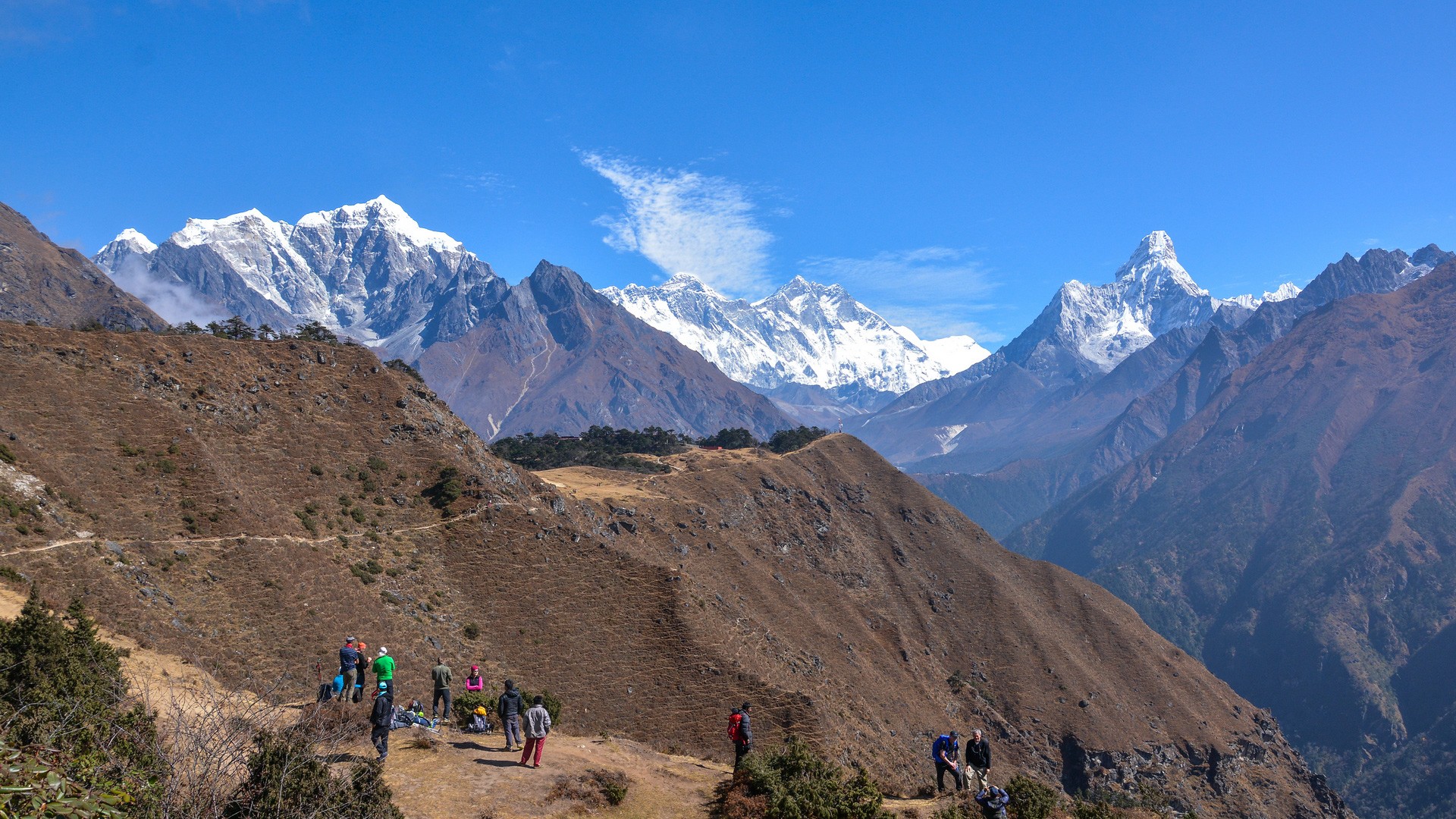
The everest
Protected Animals :
Protected Mammals
- Red Panda
- Musk Deer
- Snow Leopard
- Wild Yak
- Gray Wolf
Protected Birds
- Impeyan Pheasant
- Crimson Horned Pheasant
Comment Here!